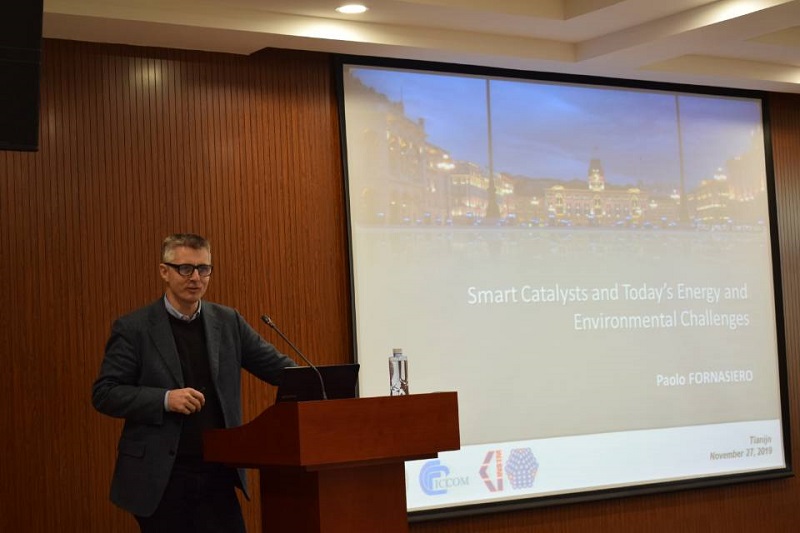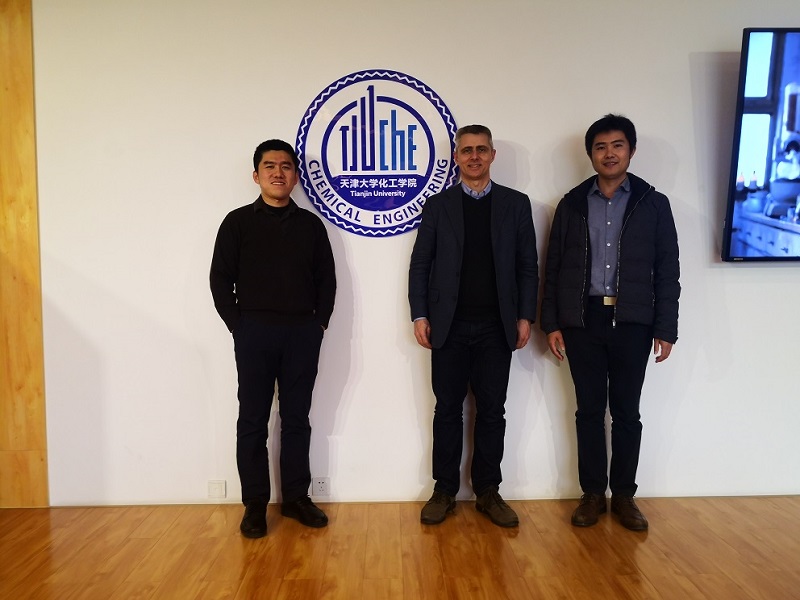Prof. Fornasiero from University of Trieste, Italy, visited us today and gave an IREC2 lecture with the title “Smart Catalysts and Today’s Energy and Environmental Challenges.”

The study of catalytic processes starting from well- defined materials that are tuned in morphology, composition and shape is offering new perspectives for catalyst design. CO oxidation turned out to be crucially dependent on the interfacial contact of the support (ceria) with the metal nanocrystal active sites. Pt and PtCo nanocrystals supported on carbon were effectively employed in selective biomass conversion. Brookite nanoroads showed that anisotropy is important to promote photocatalytic hydrogen evolution. Core-shell nanostructures have proved to be superior catalysts in several catalytic reactions, such as methane combustion electrocatalytic water electrolysis and CO2 conversion . Single Atom Catalysts , metal free nanocatalysts and “intelligent” catalysts are now at the frontier of heterogeneous catalysts for sustainable industrial applications.
Paolo Fornasiero is Full Professor in Inorganic Chemistry at the University of Trieste (Italy). His research focuses on the application of inorganic chemistry to nanoscience for the preparation of new materials useful in the fields of energy and environmental protection. He is co-author of about 250 publications on international journals, 15 book chapters and 4 patents. Since 2015 he serves as an Associate Editor of ACS Catalysis. He received the 2005 Nasini Gold Medal, the 2013 Chiusoli Gold Medal, the 2016 Heinz Heinemann Award, the 2017 Kramer Award and the 2018 M.T Messori Roncaglia Award.

Welcome to Tianjin!